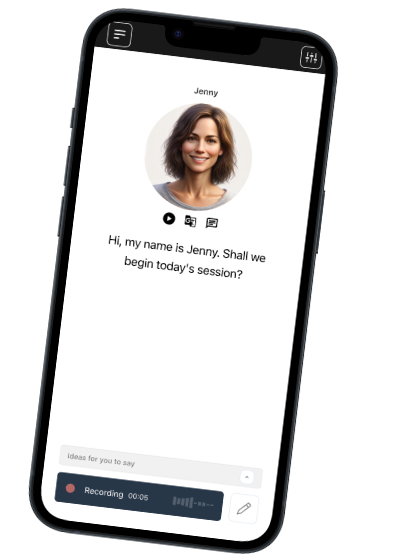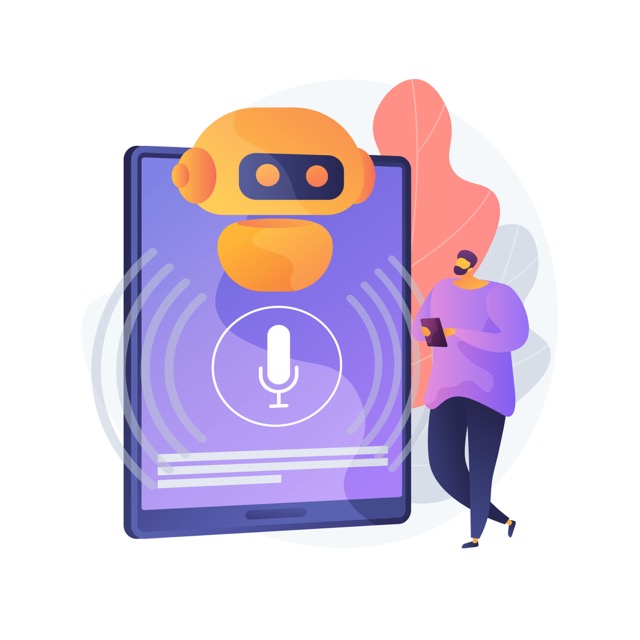Founded in Denmark. We respect your privacy.
Join a worldwide community of language learners
What’s Wrong with Language Textbooks? Hidden Shortcomings You Need to Know Before You Start
Last updated on
Traditional language textbooks have long been regarded as the foundation for learning a new language. Packed with vocabulary lists, grammar rules, and cultural notes, they may appear to be an effective way to build a strong language base. But is there more to the story? Beneath their glossy covers, textbooks may not always deliver what modern learners truly need. In this post, we’ll explore where textbooks fall short, challenge a few longstanding assumptions, and at the end reveal a resourceful alternative that could change the way you approach language learning.
1. The Illusion of Real Communication
Many textbooks rely heavily on scripted dialogues and written exercises. While these activities introduce important structures and expressions, they rarely reflect how people actually communicate in daily life. Real conversations are messy—filled with hesitations, slang, unfinished sentences, and cultural context that textbooks often gloss over. According to research in Language Teaching Research, classroom materials sometimes neglect features of authentic spoken language, creating a gap between what learners “study” and what they’ll encounter outside the classroom.
2. Static and Slow to Adapt
Languages evolve. New words and expressions, changes in formality, and shifts in pronunciation are common. However, textbooks tend to remain unchanged for years. The language taught might already be outdated by the time it reaches students. Recent linguistic studies, including those documented on Ethnologue, show that language is constantly in flux. Textbooks that fail to keep up place learners at a disadvantage when communicating with native speakers or understanding current events from the target culture.
3. Pronunciation and Listening: Often Neglected
How often do you finish a textbook chapter feeling prepared to understand rapid-fire conversation or produce the right sounds? Many resources prioritize grammar and vocabulary over listening and speaking skills, which is why many learners can ace a written test but struggle when speaking with a native. If you’re learning a tonal or phonetically complex language, this gap can be especially daunting. Tools that provide instant pronunciation feedback and immersive listening are essential for real-world use.
4. Lack of Personalization
Textbooks are “one-size-fits-all.” They rarely address learners’ specific goals, such as preparing for business meetings, travel, or everyday conversation with friends. This uniformity can cause motivation to fade and progress to stall, especially for adult learners with clear, practical objectives.
5. Cultural Insights: Too Shallow or Stereotyped
While cultural notes attempt to provide context, they are often simplified or generalized. Living languages are shaped by history, local context, and identity. A recent article from the British Council highlights the importance of cultural immersion and exposure for deeper learning. Without access to native speakers or authentic cultural content, learners miss out on the nuances that make language come alive.
A Modern Approach
So, is it time to abandon textbooks entirely? Not necessarily—they can play a role in organizing content and providing reference. But today’s learners need dynamic resources that mimic real conversation, adapt quickly to language changes, and focus on speaking and listening. With platforms like Talkio’s Spanish (Mexico) voice interaction practice, or engaging in structured, goal-driven lessons, learners can experience language as it’s truly used. These modern tools bridge textbook gaps, offering the kind of practice that textbooks alone cannot provide.
And here’s the big reveal: With new technology, you’re no longer limited by what’s printed on the page. Conversational AI—tailored for your accent, goals, and pace—lets you interact with a lifelike language partner any time. For learners eager to speak confidently and sound authentic, this can open pathways that textbooks never even imagined.
Talk Your Way
to Fluency

Talkio is the ultimate language training app that uses AI technology to help you improve your oral language skills!
Try Talkio


